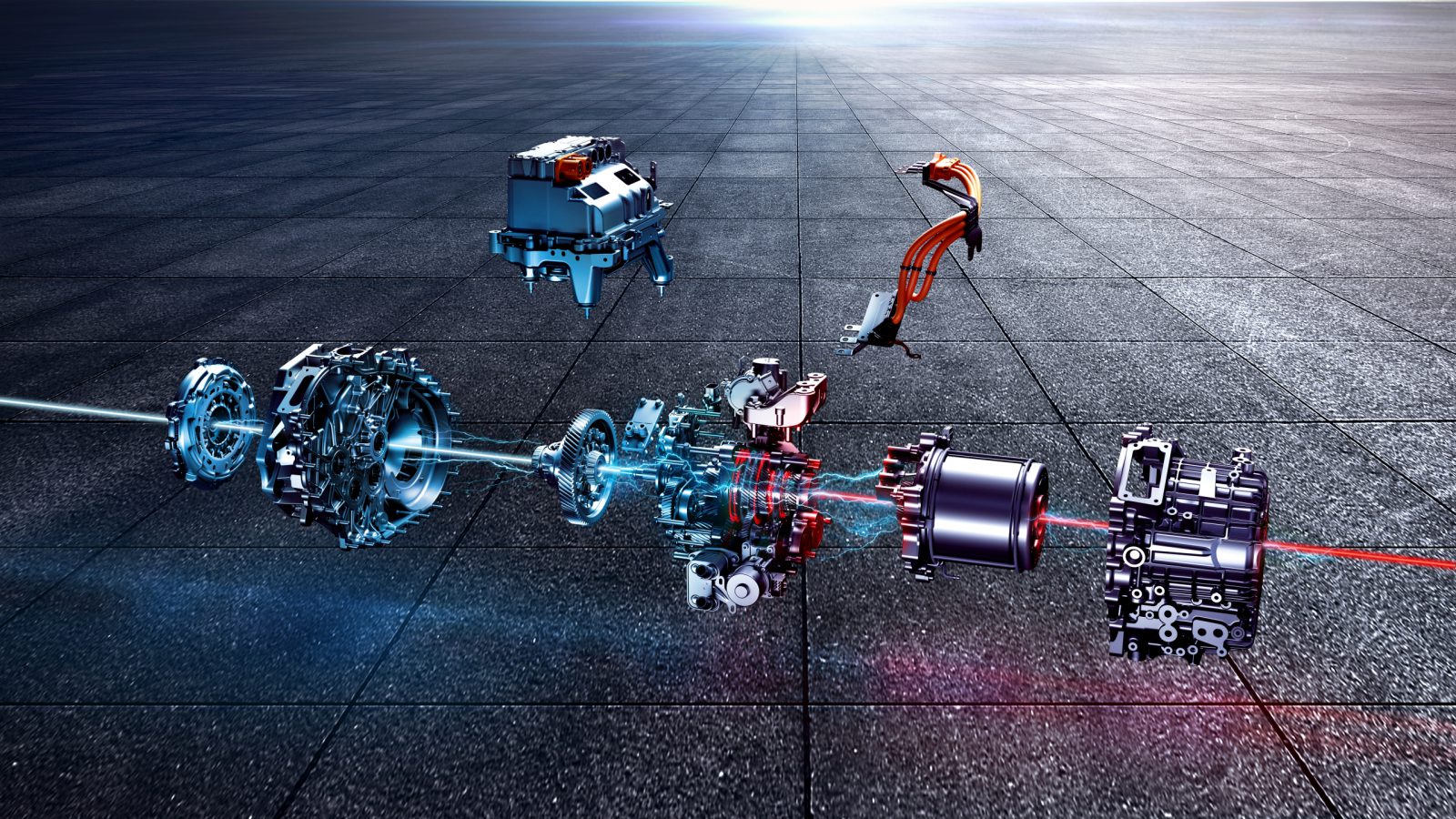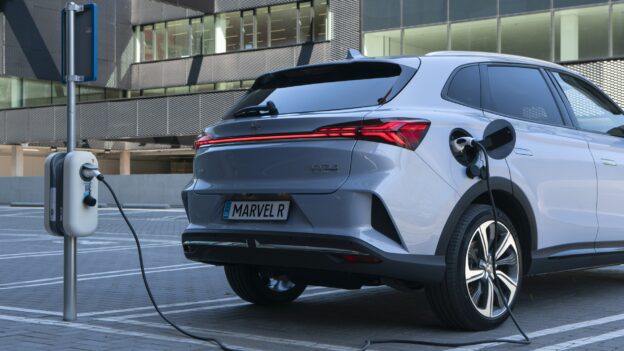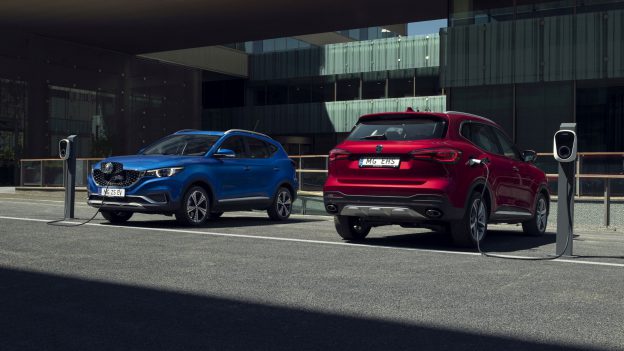Why 1% efficiency improvement means so much
An electric motor in an (PH)EV converts electrical energy into mechanical energy to make the wheels turn. Due to energy losses, the conversion efficiency of an electric motor can reach 96% to 97%, which is much higher than that of internal combustion engines.
The loss of energy in an electric motor occurs especially at the copper wiring of the stator. The stator assembly is the key to determining the performance of the motor. It consists of the stator core, windings, lead wires and insulating materials.
Hairpin winding
To optimize the efficiency of the electric motor, SIAC Motor – parent company of the MG brand, uses so-called Hairpin winding of the copper wire. Compared with round wire windings, this Hairpin technology increases the area of wiring under the same conditions.
The thicker the wire and the smaller the resistance, the less energy will be lost by heat on the wire. And also because the Hairpin motor has a shorter winding end size than a round wire motor, it reduces the copper loss and further improves the efficiency. And thus, the electric motor uses less energy.
Never underestimate 1%
This technology increases the average efficiency of an electric motor by more than 1% compared to a motor without Hairpin wiring. Indeed, «only» 1%. But never underestimate 1% as this improvement provides several significant benefits. First, it increases the area of the maximum efficiency zone. This means you can enjoy the highest efficiency at low speeds in urban congestion, but at high speeds on the highway as well.
Secondly, this «1%» refers to the average efficiency difference of the two types of engines under WLTP conditions, and the hairpin engine is 1.12% higher. However, below the global average, the efficiency difference between the two engines can be 2%. In the operating points with low speed and high torque, the efficiency difference can even add up to an astonishing 10%.
In addition, the Hairpin motor can be packed in more stator windings. This means the motor can output higher power and torque under the same energy loss. The electric motor of the second-generation EDU electric drive gearbox in the new MG EHS Plug-in Hybrid has a power density of 4.7 kW/kg. That’s an increase of more than 20%. Only a few competitors can match this.
Furthermore, the flat wire used in a Hairpin motor has a more regular shape and reduces the thermal resistance in the stator slot. It offers a higher heat transfer efficiency, which further improves the peak power and sustained performance.
And last but not least. Because the winding provides more stiffness, the motor itself offers better stiffness. In the electromagnetic design, a smaller slot can be adopted, which reduces mechanical and electromagnetic noise. Thanks to the Hairpin motor, the MG EHS Plug-in hybrid and MG ZS EV offers stronger heat dissipation capacity, better NVH performance and a fabulous driving feel.
Why is Hairpin technology not widely used?
Mainly because the Hairpin winding manufacturing process is very complicated. It’s necessary to shape the wire into a hairpin, before it is automatically inserted into the stator core slot. Then, the ends must be twisted and welded. Therefore, Hairpin motors can’t be manufactured by hand. It requires an enormous investment to build a highly efficient production line for these motors.
As the largest Chinese automobile group, SAIC Motor started the development of Hairpin motors back in 2014. In 2017, the company introduced the first generation Hairpin motor on the market. Now, the new MG EHS Plug-in Hybrid and MG ZS EV already uses the second-generation EDU electric drive unit with an oil-cooled Hairpin motor, so customers can benefit from one of the most efficient EV technologies available on the market.











